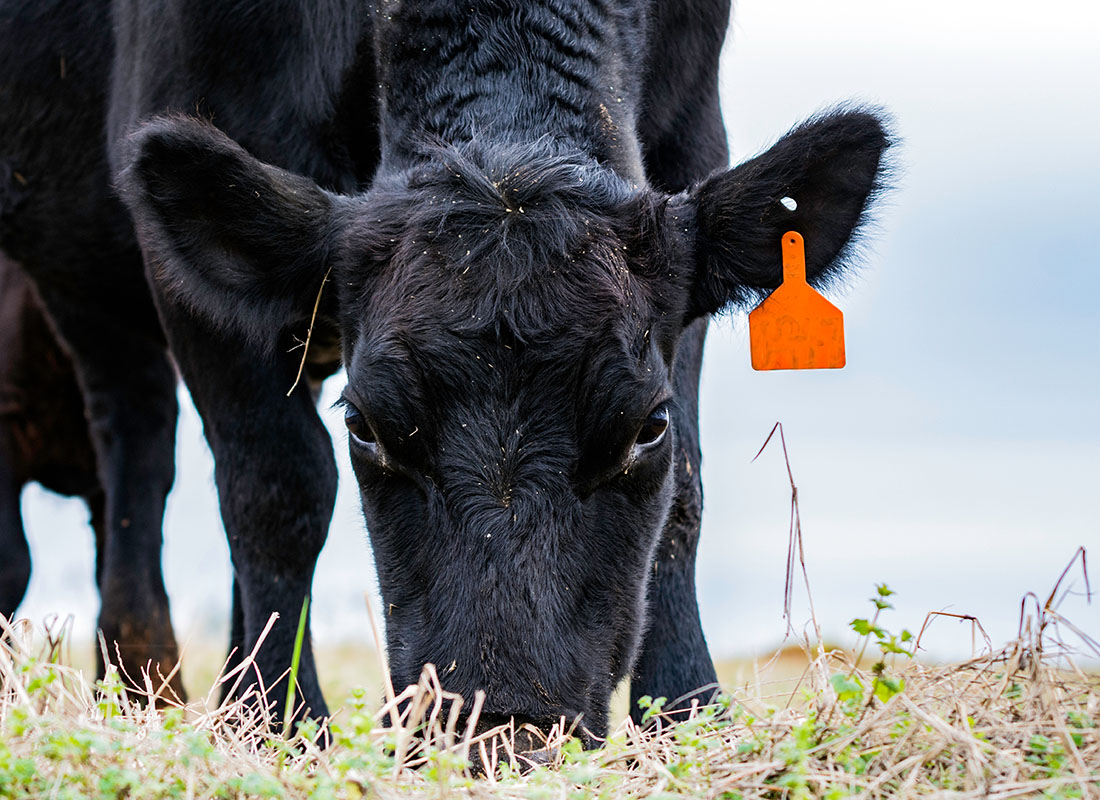Proactive Security: Bagley Risk Management Techniques
Proactive Security: Bagley Risk Management Techniques
Blog Article
Recognizing Livestock Danger Defense (LRP) Insurance: A Comprehensive Overview
Navigating the world of animals risk protection (LRP) insurance policy can be an intricate undertaking for many in the agricultural sector. From exactly how LRP insurance policy works to the different protection options offered, there is much to discover in this detailed overview that could possibly form the way animals producers come close to risk management in their services.

How LRP Insurance Functions
Occasionally, recognizing the auto mechanics of Animals Danger Defense (LRP) insurance coverage can be complex, but breaking down how it works can provide quality for farmers and herdsmans. LRP insurance is a risk management device developed to protect livestock producers against unanticipated cost decreases. It's crucial to note that LRP insurance is not a profits assurance; instead, it concentrates solely on price threat defense.
Qualification and Coverage Options

When it comes to insurance coverage choices, LRP insurance policy uses manufacturers the flexibility to choose the insurance coverage level, protection period, and recommendations that ideal fit their risk management requirements. By understanding the eligibility standards and insurance coverage alternatives offered, animals manufacturers can make informed choices to handle threat efficiently.
Advantages And Disadvantages of LRP Insurance
When assessing Livestock Threat Security (LRP) insurance policy, it is vital for animals manufacturers to weigh the advantages and drawbacks inherent in this threat management device.

One of the primary benefits of LRP insurance coverage is its capability to provide protection against a decrease in animals rates. In addition, LRP insurance policy provides a level of adaptability, allowing manufacturers to customize coverage degrees and policy durations to match their specific requirements.
However, there are likewise some disadvantages to consider. One restriction of LRP insurance coverage is that it does not safeguard versus all sorts of dangers, such as disease break outs or all-natural calamities. Furthermore, costs can often be costly, especially for manufacturers with big livestock herds. It is vital for manufacturers to thoroughly evaluate their specific threat exposure and financial situation to figure out if LRP insurance is the ideal risk administration device for their operation.
Comprehending LRP Insurance Premiums

Tips for Maximizing LRP Benefits
Maximizing the advantages of Animals Danger Protection (LRP) insurance policy needs tactical preparation and aggressive threat administration - Bagley Risk Management. To make the most of your LRP insurance coverage, think about the complying with suggestions:
On A Regular Basis Analyze Market Problems: Keep notified about market patterns and price changes in the animals industry. By keeping an eye on these aspects, you can make educated choices concerning when to buy LRP protection to safeguard against prospective losses.
Set Realistic Coverage Levels: When picking coverage degrees, consider your production costs, market price of animals, and prospective dangers - Bagley Risk Management. Setting sensible protection levels makes sure that you are appropriately protected without paying too much for unneeded insurance coverage
Expand Your Insurance Coverage: Rather than depending solely on LRP top article insurance coverage, consider expanding your threat management strategies. Incorporating LRP with various other risk management tools such as futures contracts or options can supply detailed protection versus market unpredictabilities.
Review and Adjust Insurance Coverage On a regular basis: As market conditions change, regularly evaluate your LRP coverage to guarantee it aligns with your current risk exposure. Adjusting coverage degrees and timing of acquisitions can aid maximize your danger protection strategy. By complying with these suggestions, you can maximize the advantages of LRP insurance policy and protect your livestock operation against unpredicted dangers.
Final Thought
To conclude, animals danger defense (LRP) insurance policy is a useful tool for farmers to manage the economic risks associated with their animals procedures. By recognizing exactly how LRP functions, eligibility and coverage choices, as well as the pros and cons of this insurance coverage, farmers can make educated decisions to shield their livelihoods. By carefully considering LRP costs and applying techniques to make best use of advantages, farmers can mitigate potential losses and guarantee the sustainability of their operations.
Livestock manufacturers interested in acquiring Animals Risk Defense (LRP) insurance coverage can explore a range of qualification criteria and protection choices customized to their particular animals operations.When it comes to insurance coverage options, LRP insurance basics policy supplies producers the flexibility to pick the protection level, coverage duration, and recommendations that finest fit their danger administration needs.To grasp the details of Animals Danger Defense (LRP) insurance policy completely, recognizing the aspects affecting LRP insurance coverage costs is vital. LRP insurance policy premiums are identified by various components, including the protection degree chosen, the anticipated price of livestock at the end of the coverage period, the kind of animals being insured, and pop over here the size of the insurance coverage period.Testimonial and Readjust Protection On a regular basis: As market problems change, regularly evaluate your LRP coverage to ensure it lines up with your present threat exposure.
Report this page